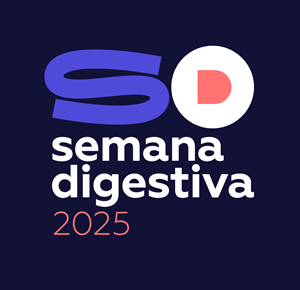At the end, a very large, oozing mucosal laceration, extending from the lesser curvature of the body to the cardia, consistent with gastric barotrauma, was detected (B). Hemostasis was achieved using forceps coagulation and the laceration was completely closed with through-the-scope clips (C). The postprocedure course was uneventful. Histopathologic assessment revealed a low grade dysplasia, R0-resection.Report motivation: Sellick-maneuver, described to avoid tracheobronchial aspiration during orotracheal intubation, has been adapted to prevent gastric deflation during esophagogastroduodenoscopy.A prolonged Sellick-maneuver in this patient induced gastric barotrauma, a rare phenomenon related to increased gastric wall pressure.We present a potentially severe complication of this maneuver which raises awareness of the need to avoid prolonged uncontrolled gastric overinflation during endoscopic procedures.

 Semana Digestiva 2025 | Todos os direitos reservados
Semana Digestiva 2025 | Todos os direitos reservados